
Fun in the sun pocket park
55% of the population on holly and simmons ranges from 25-50 years of age. the average medium income in this area is 19,000-25,000 a year.
Having considered the surrounding environment and people living in the 89106 area code, I have come up with the decision to build a park with 4 separate areas that relate to 4 different age groups and several different needs. The 1st area will be a playground for children ages 3-12 to play and exercise. The miniature Skate Park and green area will be the 2nd for teenagers to go, hangout and play sports. The 3rd area will be a grassy plain for people to walk and run their dogs freely. The 4th area will be a place filled with flowers and green grass for the senior citizens, ranging from 55-so on, to eat lunch or just enjoy the day. This will all be a part of the 14,500sq feet, and each area will be sized based on the demographics of the area. There will be much more to include and consider, but I believe this is a good skeleton to build on for now.
i have relocated the site of my park to that of garces ave, due to its ideal size and its neighborhoods seemingly high lack of parks and vegetation. My final design will differ from my first but, it will fit the needs of the surrounding inhabbitants who's majority are in the younger population, raging from 15-25 making up 54% of the total population of garces ave.
In conclusion of this creative project, i had decided to change the site to garces ave, in order to better fit the orrientaion of my design. i used all resources given to me and worked to the best of my abilities. I tried my best to use the demographics of this region as a guiding influence on the total design, but it all kept on coming back to the same problem, KIDS. the majority of this neighborhood is indeed youthful. because of this i took a more jovial approach to the overall design of this park, including: Playgrounds, swings, bbq's a bathroom and a small field for recreation.
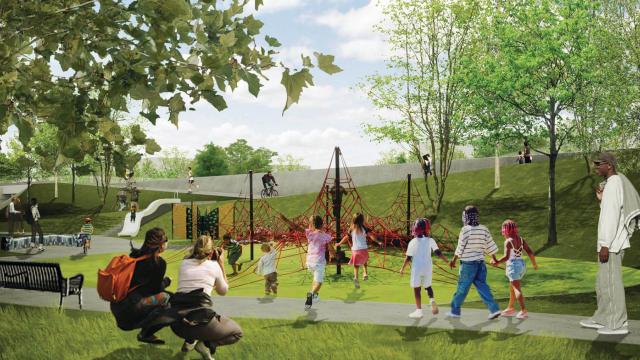
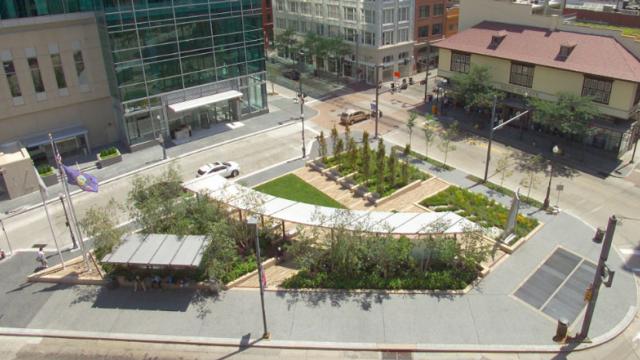


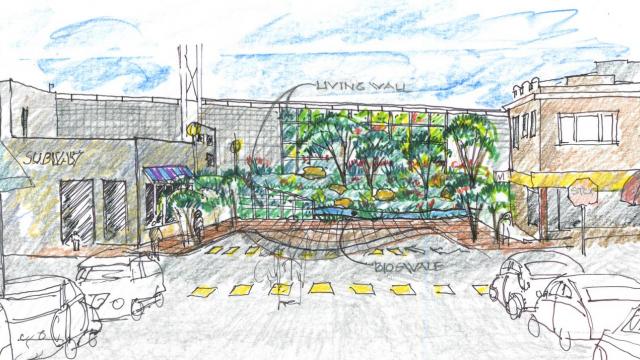

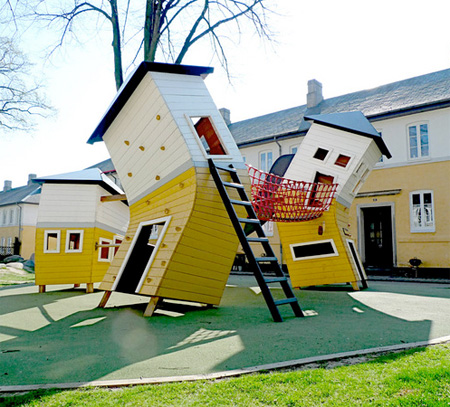

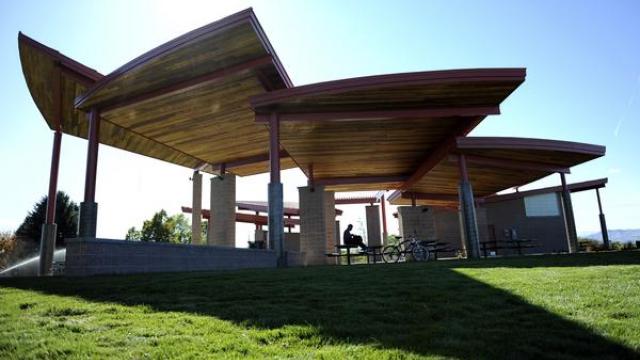


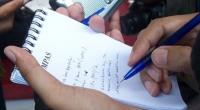
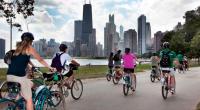





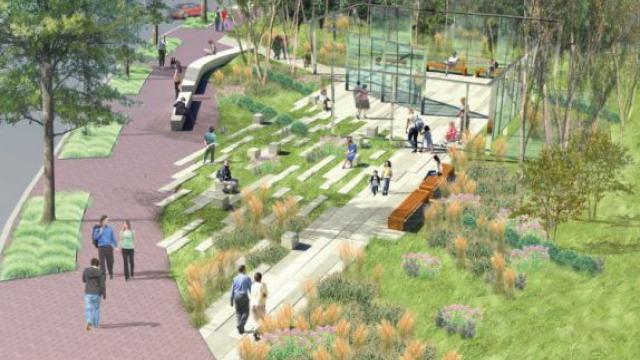
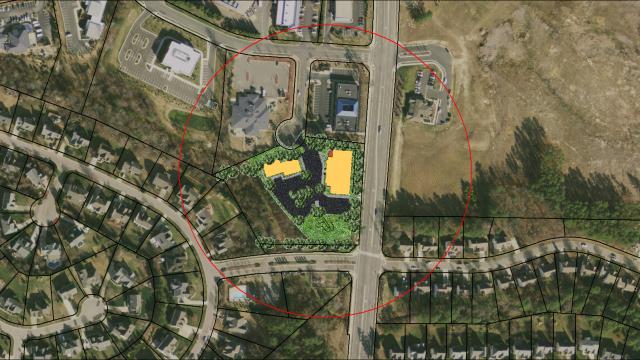
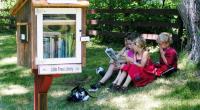
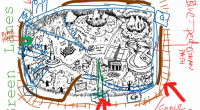







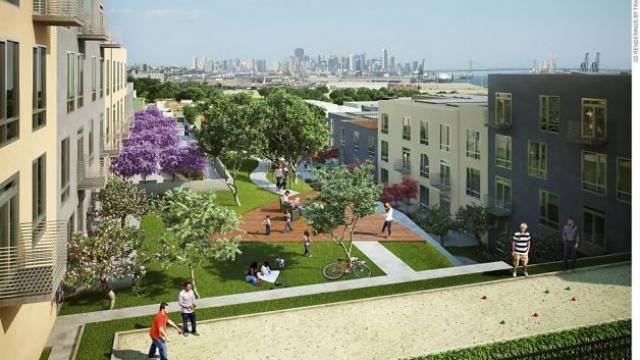
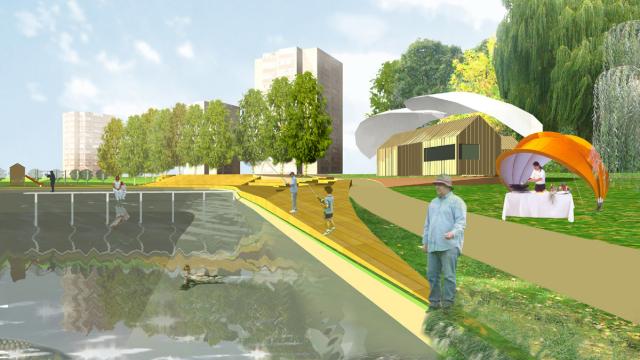








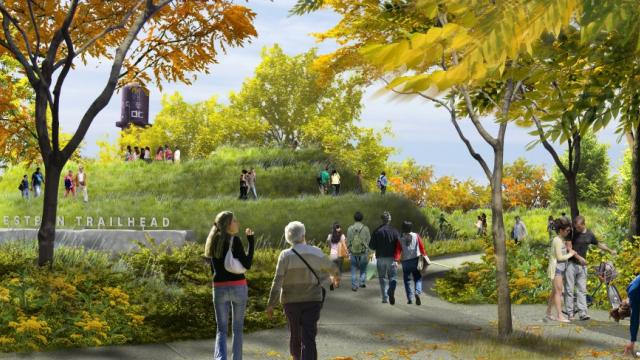
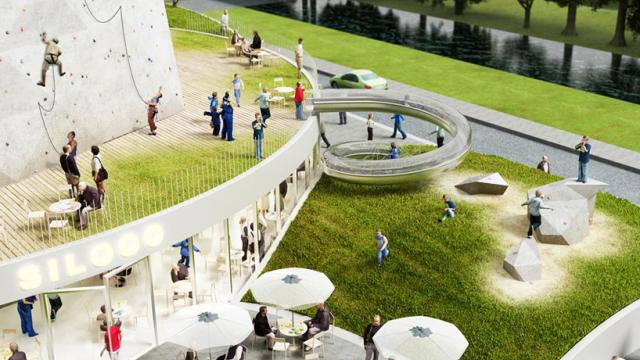
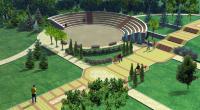








Comments
final design will be relocated to garces